How to unblock toilet bowl?
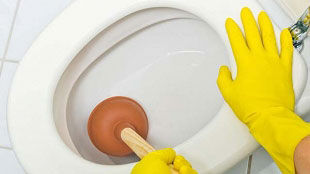
The problem of a clogged toilet arises both in homes and public restrooms. In each of these cases, a clogged toilet creates an uncomfortable situation, making it impossible to use normally, and also negatively affects the hygienic conditions in the bathroom. This is particularly troublesome in public restrooms, which are used by many people every day.
Ways to Unclog a Clogged Toilet
Among the most common causes of a clogged toilet are factors such as:
• Too much toilet paper accumulated in the toilet bowl
• Damaged flush
• Other materials accumulated in the bowl, such as paper towels, cotton pads, sanitary pads
Inoperability, the growth of bacteria and germs, an unpleasant odor, and even water overflowing from the bowl are possible consequences of a clogged toilet. Effectively dealing with this problem is quite a challenge, but proper preparation and knowledge of proven unclogging methods will restore the desired conditions in the toilet.
Preparation Stages
Proper preparation, i.e., equipping yourself with the necessary supplies and tools, is the first stage of effective and safe toilet unclogging. The necessary equipment includes:
• Rubber gloves,
• Protective mask,
• Equipment and accessories needed for unclogging, which may vary depending on the chosen method.
The methods for unclogging a clogged toilet can be divided into two types: alternative, i.e., home remedies, and specialized, which require the use of appropriate chemical agents.
Home Remedies for a Clogged Toilet
- Dishwashing liquid and hot water – just pour the liquid into the standing water in the bowl and wait about 15-20 minutes. After this time, pour the entire bowl with hot water and flush after a few minutes. The method does not guarantee full effectiveness, but it usually works in the case of a bowl clogged with toilet paper or paper towels, i.e., materials that most often clog the drain.
- Baking soda with vinegar – pour a few tablespoons of baking soda into the clogged bowl, then pour vinegar over it, wait a few minutes, and flush.
- Plunger – the most popular and simplest device for unclogging a toilet. It works very simply: just press the rubber end to the drain to suck in air, which should lead to the removal of the clog. This action should be performed several times until successful.
- Metal hanger – bend a clothes hanger in such a way that it can be inserted deeply into the drain and maneuvered, then try to remove the clog with energetic movements.
- Kret – when it comes to chemical agents, Kret is unmatched. The exact instructions on how to use it are on the packaging, but we will suggest something not found there. Sometimes people use too much of this agent, leading to an even bigger clog, which seems impossible to remove without invasive physical intervention. However, this is not true; just pour a full kettle of freshly boiled hot water into the bowl, and the clog will disappear. Other agents that can be used instead of Kret are: sodium hydroxide and sodium hydroxide flakes (the basic component of Kret), remembering to observe safety rules when handling caustic agents.
- Pongtu – in Poland, this is a rarely seen agent, people usually bring it from foreign trips. Pongtu is an invention from South Korea in the form of a piece of plastic. Just stick it on the dry edges of the bowl and flush. This will cause a characteristic bulge in the material, which should be pressed several times. The pressure created should unblock the toilet.
Specialized Methods for Unclogging Drains
Among the more specialized tools for unclogging a toilet are primarily a plumbing snake (manual or electric) and a plunger. If these tools prove ineffective, it is advisable to use chemical agents based on sodium hydroxide. They can be in the form of liquid, gel, or granules.
After unclogging the toilet, dispose of the remains that blocked it. Under no circumstances should they be flushed in another toilet. The unclogged bowl should be thoroughly cleaned with a toilet disinfectant.
Preventive Measures to Avoid Clogged Drains
The personnel responsible for maintaining cleanliness in public restrooms should take specific preventive measures to minimize the risk of clogged toilets. These include:
• Ensuring that each public toilet cabin always has available toilet paper. Using other materials, such as paper towels, increases the likelihood of clogging the toilet.
• Placing waste bins in toilet cabins – this minimizes the risk of throwing hygiene materials into the toilet bowl.
• Using toilet paper dispensers that dispense one sheet at a time. This practice is particularly useful in places especially prone to various acts of vandalism, such as school toilets, pubs, or discos. Using such dispensers limits toilet paper consumption and also discourages vandalism. A proven product is, for example: Mini Tork SmartOne® white toilet paper dispenser
Infographics and Educational Materials
Sometimes, the reason for throwing waste into the drains is user ignorance. Therefore, a good way to prevent such situations is educational materials. We provide free infographics that can be hung in toilet cabins.
Download free educational materials on what not to throw into the toilet.
Download the infographic in PDF format: What not to throw into the sewer | Free infographic.
Download the infographic in PDF format: Please do not throw paper towels, sanitary pads, tampons, diapers, or other hygiene products and dressings into the toilet bowl | Free infographic.
What to Choose?
The choice between alternative and specialized methods for unclogging a clogged toilet depends primarily on its type. Home methods work well in private toilets. They are cheap and natural, but also time-consuming, so using them on a large scale is not the best solution. Therefore, more radical measures, such as using specialized tools and chemicals, are recommended in public restrooms. It is best to buy these products in professional toilet equipment stores. If both home and specialized methods for unclogging a clogged toilet prove ineffective, a plumber should be called.
Bibliography:
1. Home Improvement 1-2-3, 2003, Expert Advice From The Home Depot, Easy-Step-By-Step Instructions, 2nd Edition, Meredith Books, Des Moines, Iowa,
2. Barnhart J. et al., 2004, Home Improvement All-in-One For Dummies, Wiley Publishing Inc,
3. Home Repair Resource Center, https://heightslibrary.org/materials/hrrc/14-Plumbing/TOILETS/UNCLOGGING_A_TOILET.pdf,
4. REPAIR IT YOURSELF! Freeing Clogged Plumbing Lines, Rev. May 1994, The Clemson University Cooperative Extension Service.
All rights reserved. No part of this publication (text, graphics, images, photos, files, and other data) presented in the OLE.PL online store may be reproduced or distributed in any form or by any means without prior permission. All trademarks, graphics, proper names, and other data are protected by copyright and belong to their respective owners.



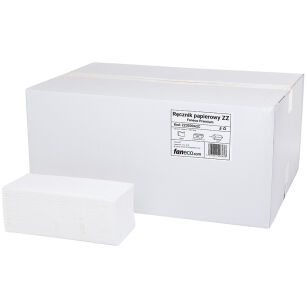
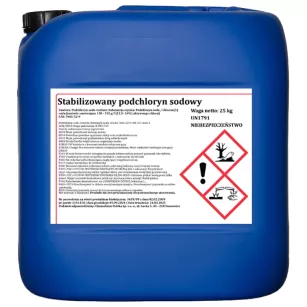
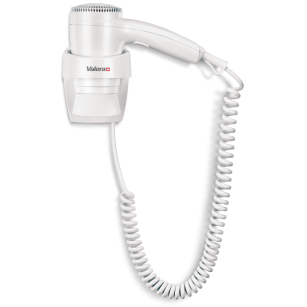
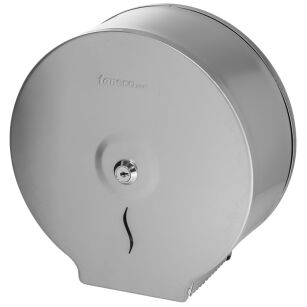
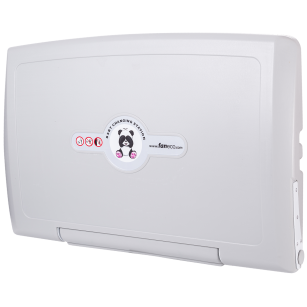
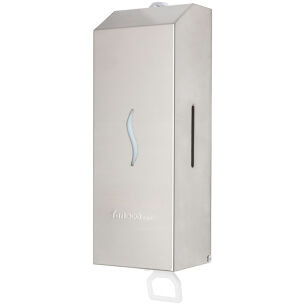
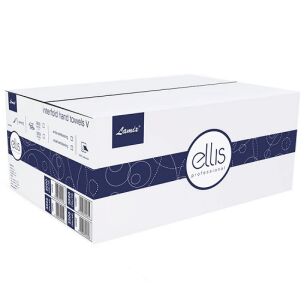
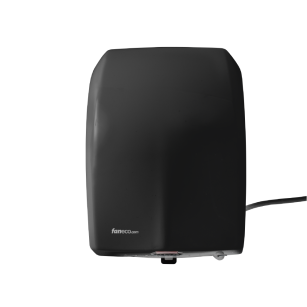
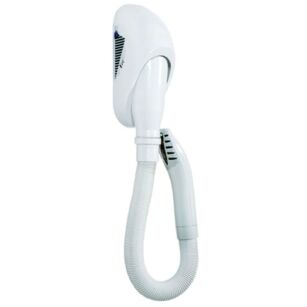
 Polski
Polski
 Czech
Czech
 German
German
 Spanish
Spanish
 Slovak
Slovak